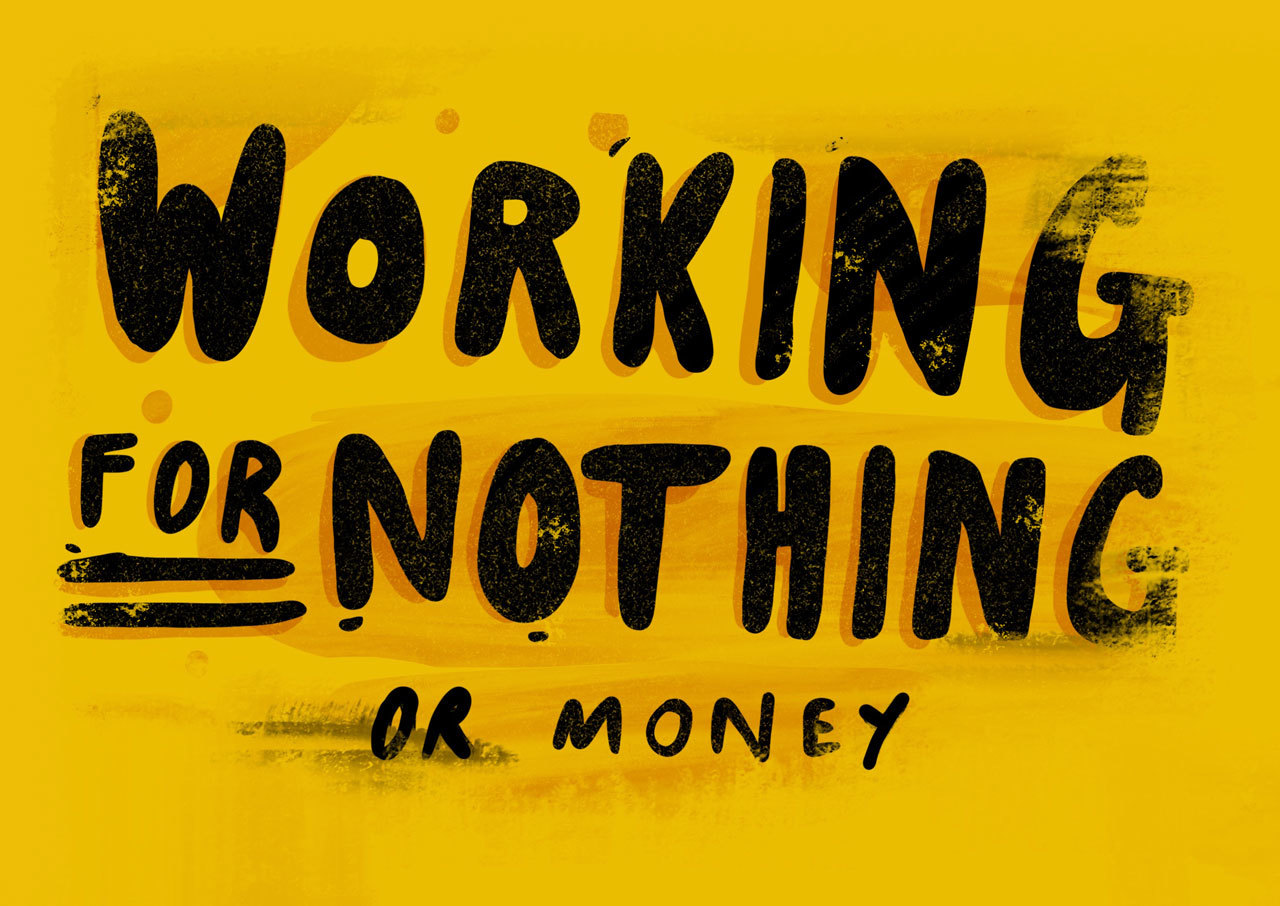Should I Work For Free?
And When Do I Charge?

These are good questions. The answer is yes.
Working for free
I work for free. But I do it on my terms. I play. Experiment. Explore. That’s my payment. It’s more like a personal project. I try to do the work I’d want to do more of. Whether I’m getting paid or not.
But clients who pay get some say about what I create. Because I’m creating for them. But they approached me for some reason. I’ve often got to figure out why. You should too. It may not be for your artistic stick figure drawings, but rather your ability to listen to their needs and create fantastic websites that rocks their customers’ worlds. This applies to free work as well—why are they coming to you? And what are you getting out of it?
Ultimately you want to get paid in freedom and money. Work towards this. And always showcase the work you want to do more of.
If you can’t agree on how you’re getting paid, and for what, turn the work down. Don’t cave in. Create an awesome personal project instead. You’re allowed to turn down work—even free work.
How to get paid
At some point you someone is going to ask you to create something you want to create. And you may be tempted to do it for free. But your heart is screaming for you to charge. Listen to your heart. You are worth it. Your work is worth it. You are a professional.
At first, work out how much time it’s going to take you to create a thing. A website. A poster. An illustration. A tattoo design. An animation. Include 2 or 3 revisions. Planning. Sketching. Meetings. Calls. Then include the things you have to pay for. Office space. Hardware. Software. Travel. Coffee. Then charge a project fee based on those rough hours and costs. Sometimes you’d spend longer. Sometimes shorter. But you don’t want to penalise yourself for working quicker and you don’t want to penalise your client for working slower. Be fair.
Once you have this fee, figure out how many things you could feasibly make in a month. If the income from that doesn’t let you make ends meet (without other jobs), then it’s too low. Charge more until you can, at least, make ends meet. But I think you can do better than that. Charge more. You should make more money making and designing things than the money you’d get temporarily waiting tables. That’s a good place to start when figuring out how much to charge.
You don’t want to rip people off. And you don’t want be walked all over. Imagine Taylor Swift asked you to design a thing. How much would you charge? How would you work? Now think about your client. How much would you charge them? How would you work? Is it different? Why?
Tell your client how much a thing is going to cost them—when you know. Because every project is different. Just like every kind of car. You don’t have to give them a fee on the spot. But you shouldn’t dawdle. This is your profession. Tell them what it includes and what it doesn’t. And tell them you’ll start when you get your deposit—I go for 50%.
From free to paid
You could keep on doing work for free. But you’ll know when it’s time to charge. Or stop completely. The first step is to bring it up with your client. Tell them of your intention to charge for work going forward. Because this is your profession. Tell them you’ve had fun (hopefully). And then let them know the costs. Be nice. Be firm. Know your worth. You can just walk away if you’re not happy with the deal. It’s pretty simple.
There are a lot of different opinions about this stuff. And plenty of books written. So there’s always more to say. Chat with me if you have any questions or comments.

Here’s a video on the topic by Mike Monteiro. He swears. Watch out.